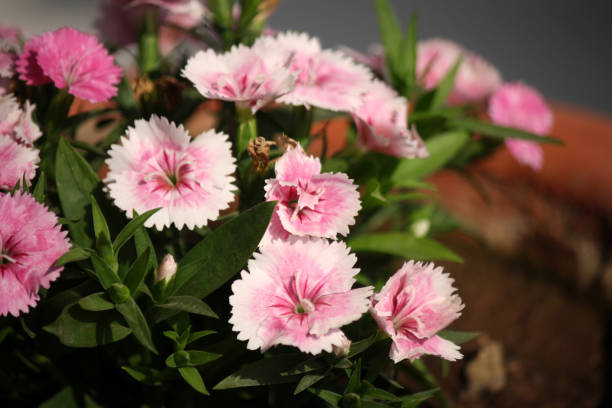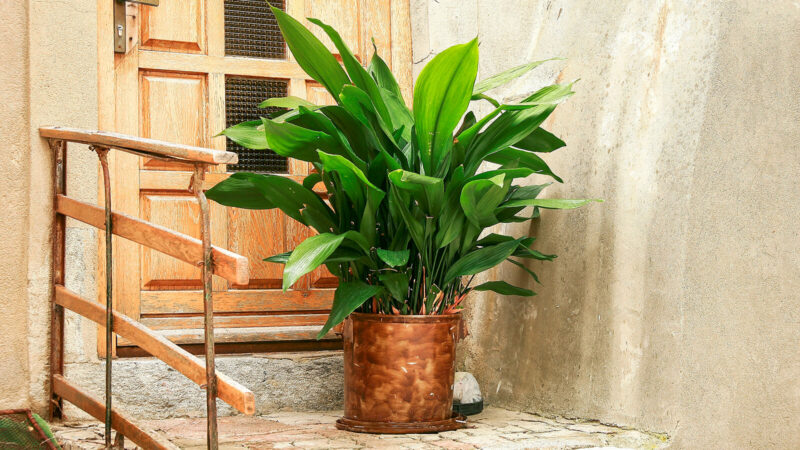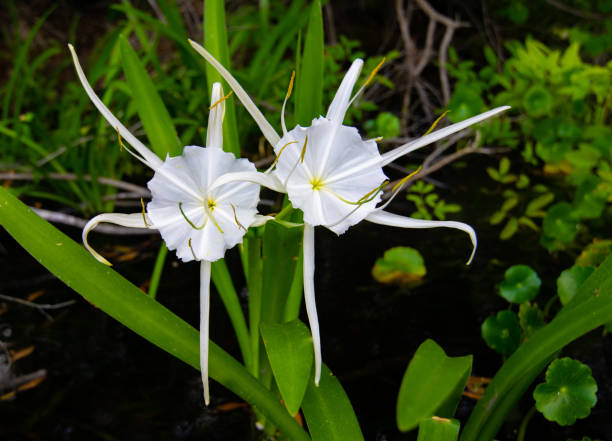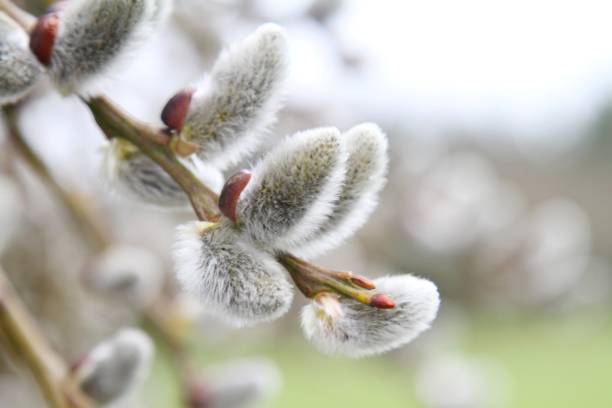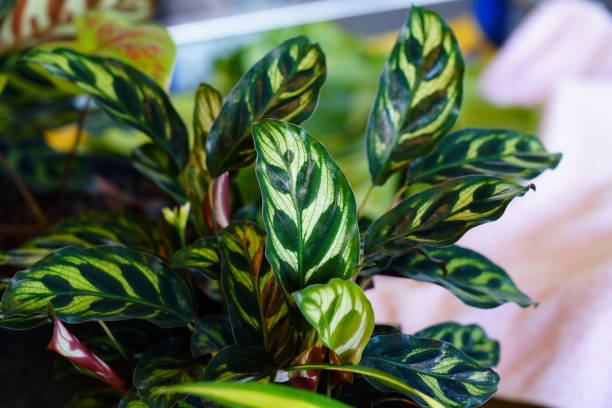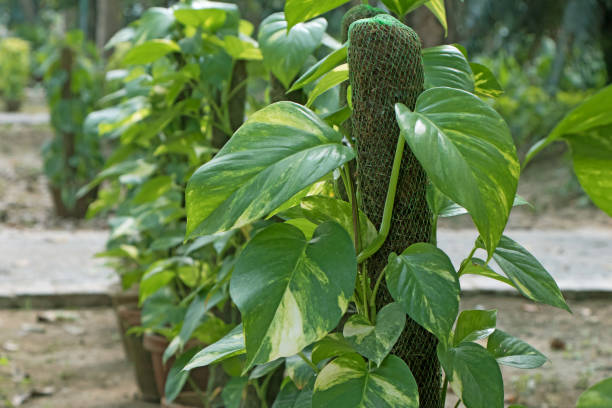An Ultimate Guide To Basil Plant Care
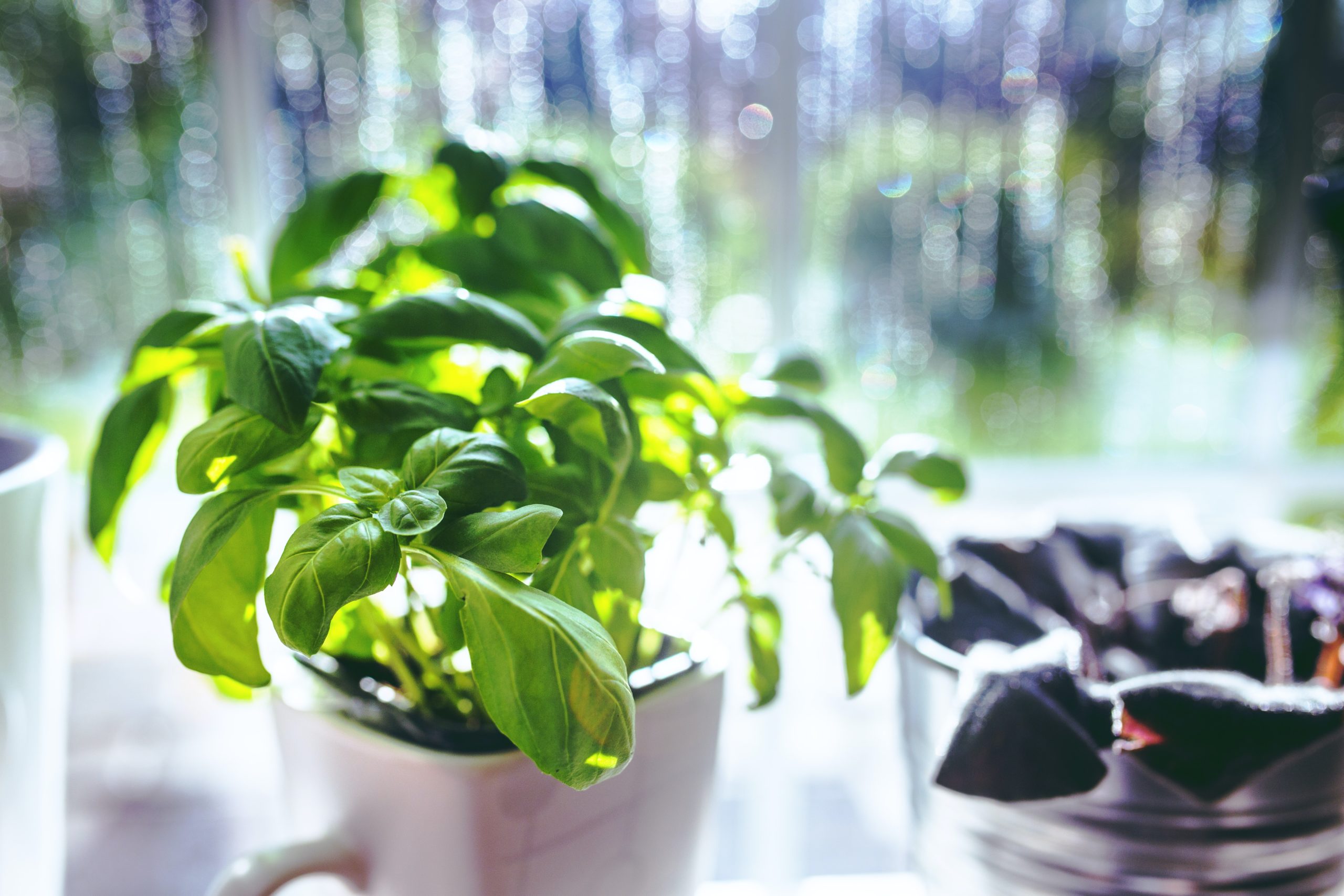
Want your own herb garden? It is something we all need if we want to be healthy in modern times. The inactive lifestyle and unhealthy food habits, along with foods produced using chemicals, have put us at risk. Don’t you feel so? But the confusion is, which are the best medicinal plants you can get for your garden? The answer to this question lies in the fact of what you actually want, although options like basil are great as the basil plant care is easy.
Basil is a versatile, popular, and fragrant herb plant that you can include in your herb garden for its amazing health benefits. The basil plant care is easy and effortless, which makes it a good option to have in the busy schedules of the 21st century.
In the article below, we will decipher every aspect of this amazing healthy mine plant, including its varieties, what it is? Basil plants care like how to plant basil? And more.
What Is Basil?
The basil is a popular herb in Mediterranean and Italian cuisine. However, despite its popular use in these two cuisine types, it is actually native to South Asia and South Pacific Islands.
Basil grows annually and is a part of the mint plant family. The interesting thing about the basil is that it is also a quick grower and after plantation only takes three to four weeks till it is ready for harvest action. This makes the basil plant a rewarding herbal plant to grow in your garden.
Basil plants are also a great option if you are a beginner in the herb garden and just starting your own homestead garden. The availability of the many varieties of basil like sweet basil and Thai basil also makes it an interesting option. The various varieties are also easy to care for; thus, your basil plant care will also be a breeze needing very little effort.
Types Of The Basil
There are numerous varieties of the basil available – each of these varieties have their own unique flavor and characteristics. Health benefits of Basil are also well known. Some of them are:
Sweet Basil
The sweet basil is the most popular variety of the basil plant. It is popularly used in pestos, pasta, salads, and more recipes for its delicious fragrance and taste.
Most of the time, you find it in a vegetable or grocery store is the sweet basil. To identify the sweet basil, look for its leaves. They are round cup-shaped leaves with a medium green coloring scheme.
Purple Basil
The eye-catching hue of this basil plant variety is what makes it stand out from the others. When it comes to basil plant care then also it is the most effortless one.
The taste of this basil variant is not sweet like the other varieties. It somewhat tastes like the clove and thus a great option to steep in the vinegar or oil. To add some striking contrast, use the purple basil as a garnish in the dishes.
Thai Basil
Smaller, dark leaves with a touch of licorice flavor are the characteristic identity of Thai basil. The incredible thing about the Thai basil is that it retains its flavor even after being cooked.
This variant of the basil plant is popular as a garnish in Asian dishes.
Lemon Basil
The lemon basil is the increasingly popular variety of the basil plant. It is most commonly found in the nurseries which sell and harvest herb plants.
The lemon basil is a wonderful addition to the fish and poultry dishes. It is also a great option as a tea or along with veggies.
Spicy Globe Basil
This variety of basil is famous for its strong and peppery flavor. It has small leaves which are perfect to be used as a whole.
This variant of the basil is perfect for the hanging garden or raised gardens as it forms a clump when growing. This clump formation characteristic of this variant also makes it a perfect plant for container gardening.
Cinnamon Basil
The cinnamon basil with small, thin serrated tight leaves is full of spice and flavors. The leaves are perfectly contrasting with the leaves as they have a purplish dark color.
The cinnamon basil is fun to use in the kitchen as it pairs deliciously with grilled veggies, fruits, and Asian meals.
How to Plant Basil And Care
Growing basil is easy as it is one of the least care needing herb plants which you can easily learn to grow.. Basil can also be an amazeballs if you want an indoor plant that is also useful.
Basil is the least bit fussy, and if you give it a little care, you can enjoy it throughout the summer. Some of the tips for basil plant care and planting are:
When To Plant Basil
The earliest you can plant basil is after the last frost. This plant likes warmer temperatures, so the warmer the soil, the better it is.
The ideal soil temperature for it is between 50 to 70 degrees Fahrenheit. However, you can also plant it in the summer.
Where To Plant Basil
Basil loves the sun; hence, plant it where it can get at least six to eight hours of direct sunlight.
Growing the Basil Plant Using Root Propagation
Planting it is easy, just like the basil plant care, simply snip a section of the existing plant, but no too large, and put in a glass of water with the cut side down. Now keep the glass in direct sunlight.
Change the water in the glass on alternative days and wait for the roots to grow. The roots will start growing soon, and once they are nearly 2 inches in size, your basil is ready for plantation.
Container Gardening
If you want to grow basil in a container for your rooftop garden or small homestead, then choose some large size ones. This is essential as small containers may dry out quickly in summers, and thus the regular need for watering.
Moreover, small pots may also hinder the growth of growing basil plants, so always choose large containers.
Soil Selection
Basil loves well-drained, moist and rich soil with a pH between six and seven. For an additional boost, you can also add some amount of organic nutrients like the cottonseed meal.
Spacing
If you are planting more than one basil plant, you need to keep at least a space of around 12 inches between them. This allows for better growth of the plant.
Watering
Planter boxes or large boxes for the basil plantation may not require watering often. However, summer or extreme heat and other climatic conditions may require you to change or adjust your watering routine.
Fertilizer
When it comes to basil plant care, it requires very little fertilizer. This is because the basil needs to be harvested on a regular basis, and thus no need for extensive fertilizing.
Other Basil Plant Care Tips
Some other things which you must know when going for the basil plant are:
Tip 1:
Water the basil plant regularly and consistently; you also need to keep the soil moist for optimum growth. For best results and growth, water early morning.
If you live in a hot region, the addition of mulch around the basil can also help as it retains the moisture.
Tip 2:
To encourage better growth and best results, harvest the basil often.
Tip 3:
If your basil plant begins to flower, its leaves will begin to lose the flavors, and your plant’s growth will stop. To avoid this, remove the flowers when they start to come to your plant.
If you do this, the growth of your basil will continue, and the flavor of the leaves will return after some days.
Some Common Questions About The Basil Plant Care
When you go for basil, you may be having some questions about the basil plant care. So, we have answered some of the common questions which you might be having:
What Is The Life Of Basil?
When it comes to how long does the basil last, the answer is four to six months. Typically basil plants in the containers or the pots will last for a period of four months. Whereas the plants in the soil directly will last for a period of around six months.
However, the life of the basil depends on care, so for a long-lasting life span, take good care of it.
Does Basil Need Direct Sunlight?
Yes, basil needs direct sunlight as it is a warm-weather plant and thus literally loves sunlight.
Why Do Basil Plant Droop?
Is your basil plant dropping? The most common reason for basil dropping is the lack of water. For optimum growth and best results, provide your basil with proper water and keep the soil moist.
Are The Basil Flowers Edible?
Yes, the basil flowers are edible and have a little mild flavor in comparison to the leaves. Though they can sometimes be a little bitter, you can use them for garnish in any recipes like the basil leaves.
Bottom Line
Basil is a popular herb in both the garden and kitchen. It is one of the most popular and used herbs grown in the USA.
The good thing about this plant is that the basil plant care is easy, and you can grow it indoors or outdoors according to your preferences.

